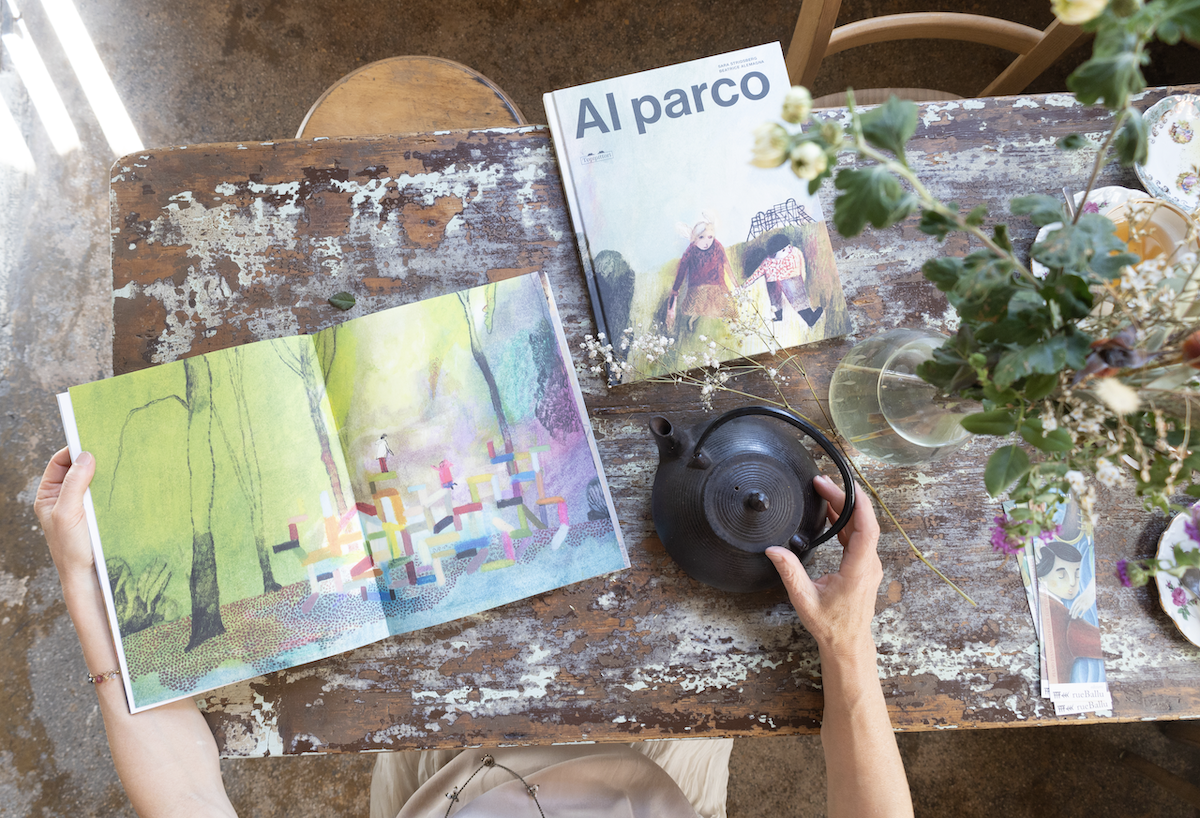“I have something to say and show to children. Something urgent”
From these words, thought, spoken, and written by Beatrice Alemagna, one can sense all the strength, determination, and clarity of an artist who has always had clear artistic goals and priorities.
We are happy to present two books that we particularly love, and that you can find both in Italian and in English at the SULLALUNA bookstore in Venice and New York: “We go to the park” – ” Al parco” and “The wonderful Fluffy Little Squishy” – “Il meraviglioso Cicciapelliccia”.
Let’s start with “We go to the park” – “Al parco”.
Here is how it begins.
“Some say we come from the stars, that we’re made of stardust, that we once swirled into the world from nowhere. We don’t know. So we go to the park.
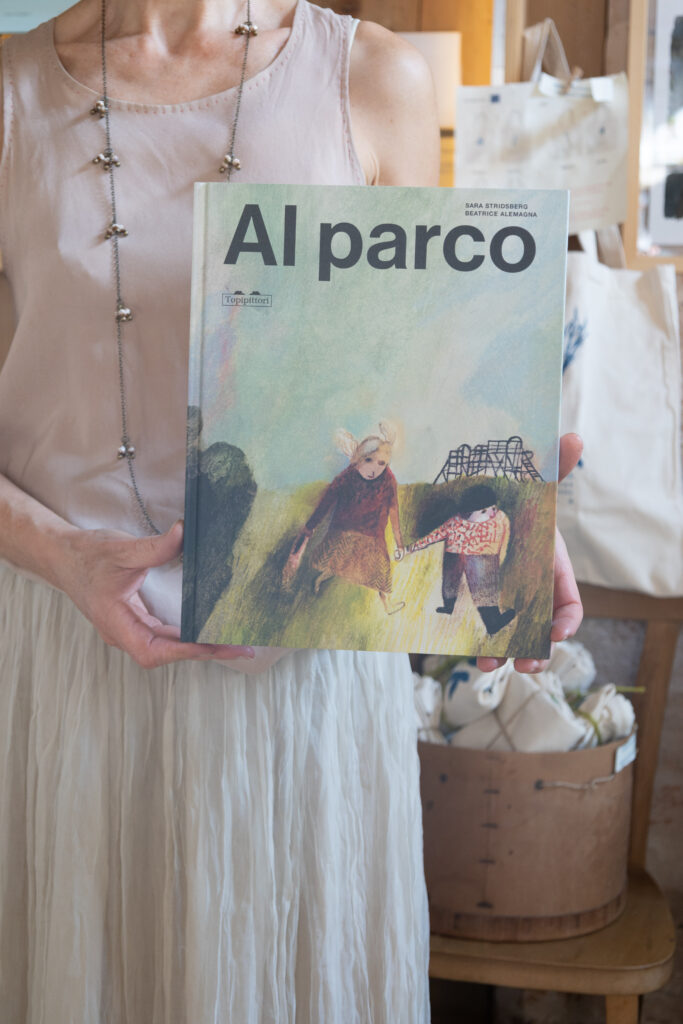
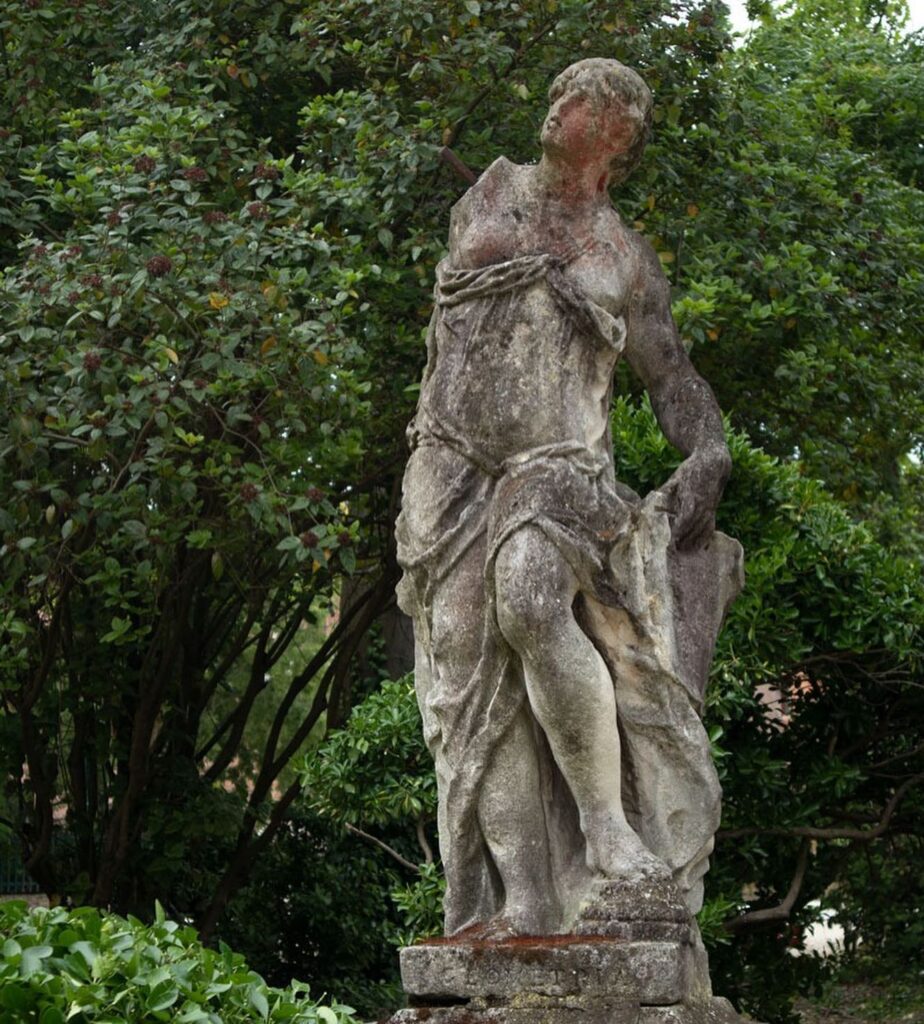
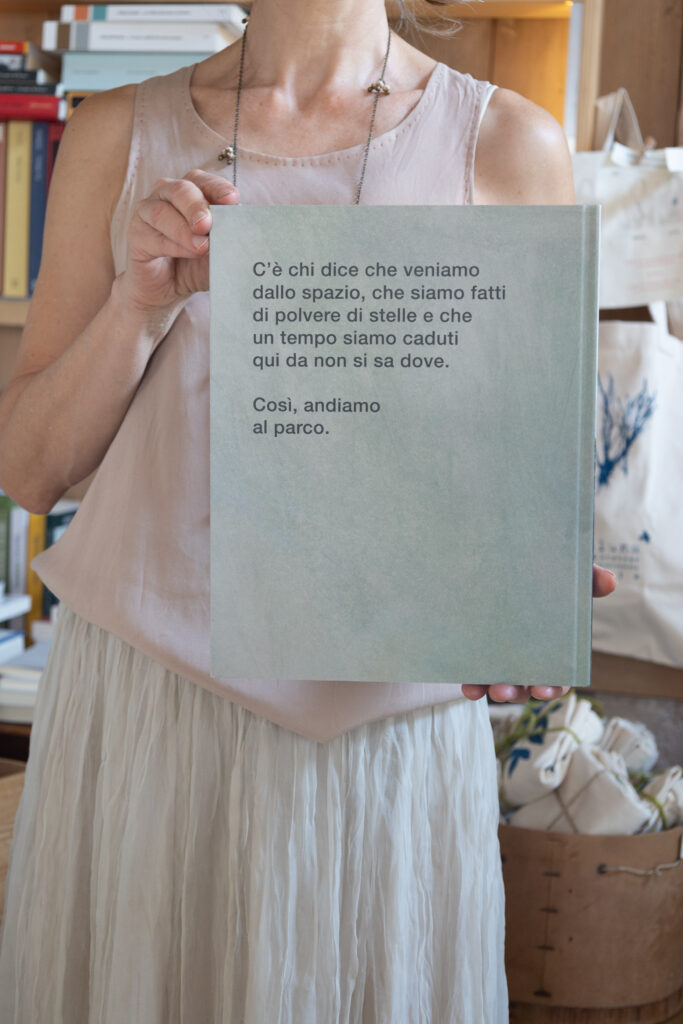
We Go to the Park is a beautiful, lyrical meditation on going to the park to play—which extends into a reflection on life itself—from Booker Prize-longlisted author Sara Stridsberg, and the inimitable, award-winning italian illustrator Beatrice Alemagna!
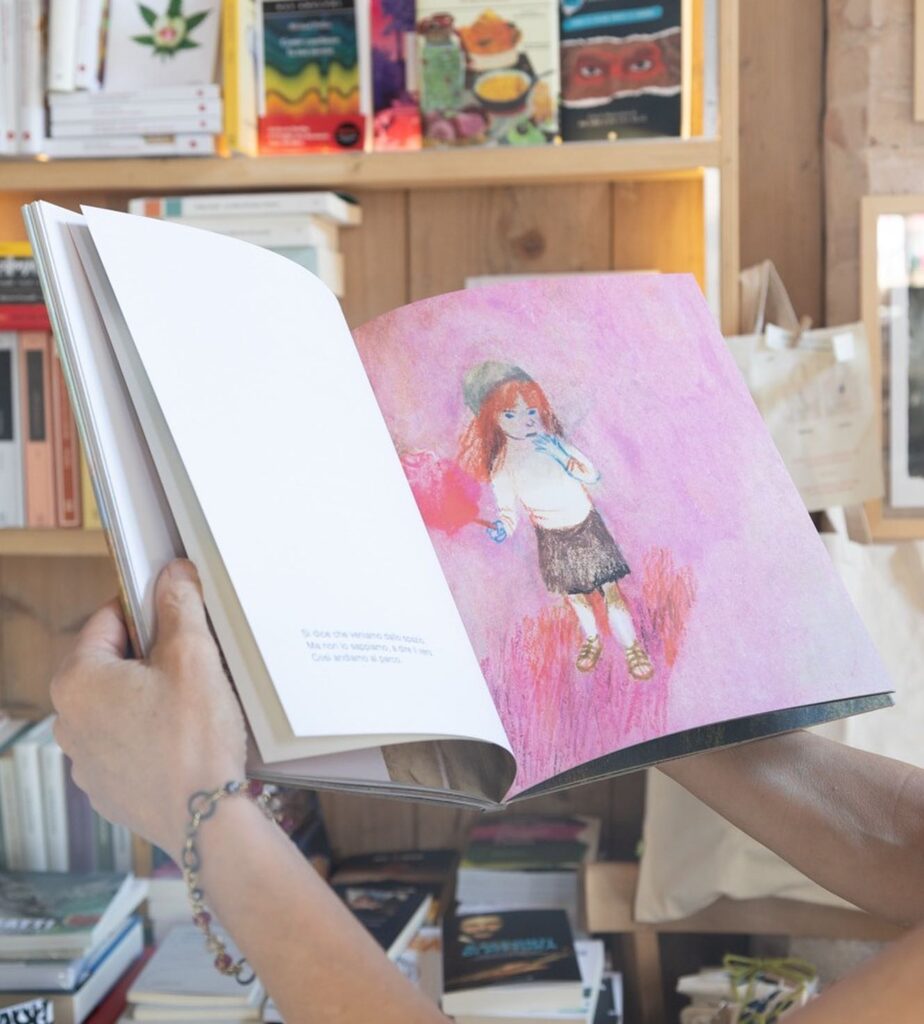
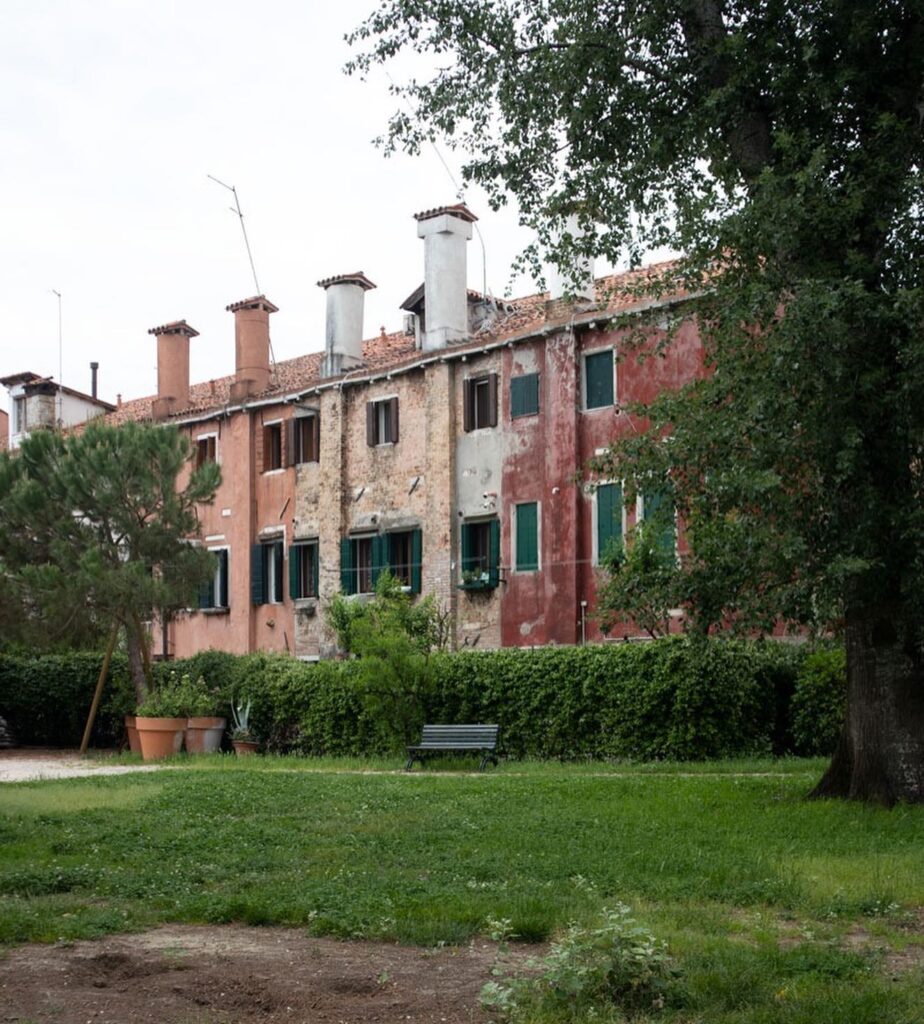
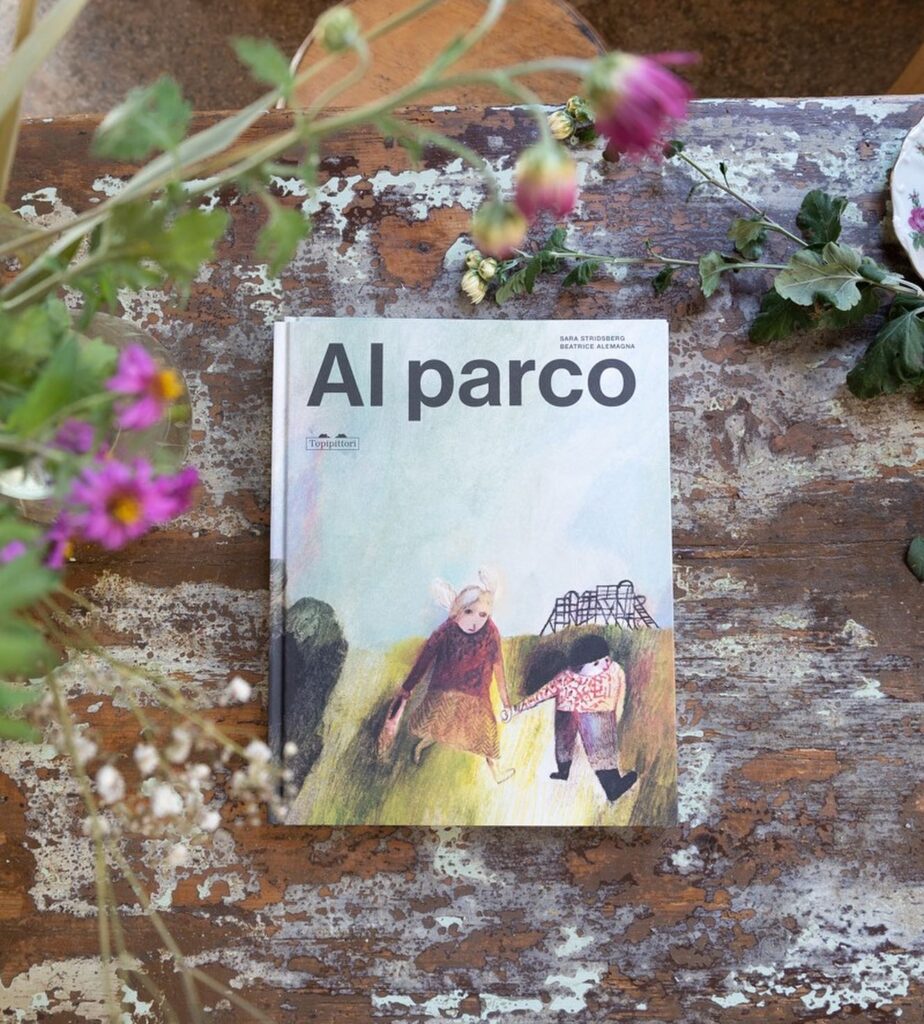
The park beckons us to leave our daily routines behind and enter its zone of endless possibility. In the park, the usual rules don’t apply. In the park, what matters most is the moment, and losing track of time to the timelessness of imagination, invention, observation, and chance. In the park, there are risks, of course, but also the deepest rewards, to be found in the freedom experienced through play that is both embodied and participatory. It is not the lone “I,” but the “we” that goes to the park, where chance encounters might suddenly become moments of deep connection—however fleeting—with others, nature, and ourselves.
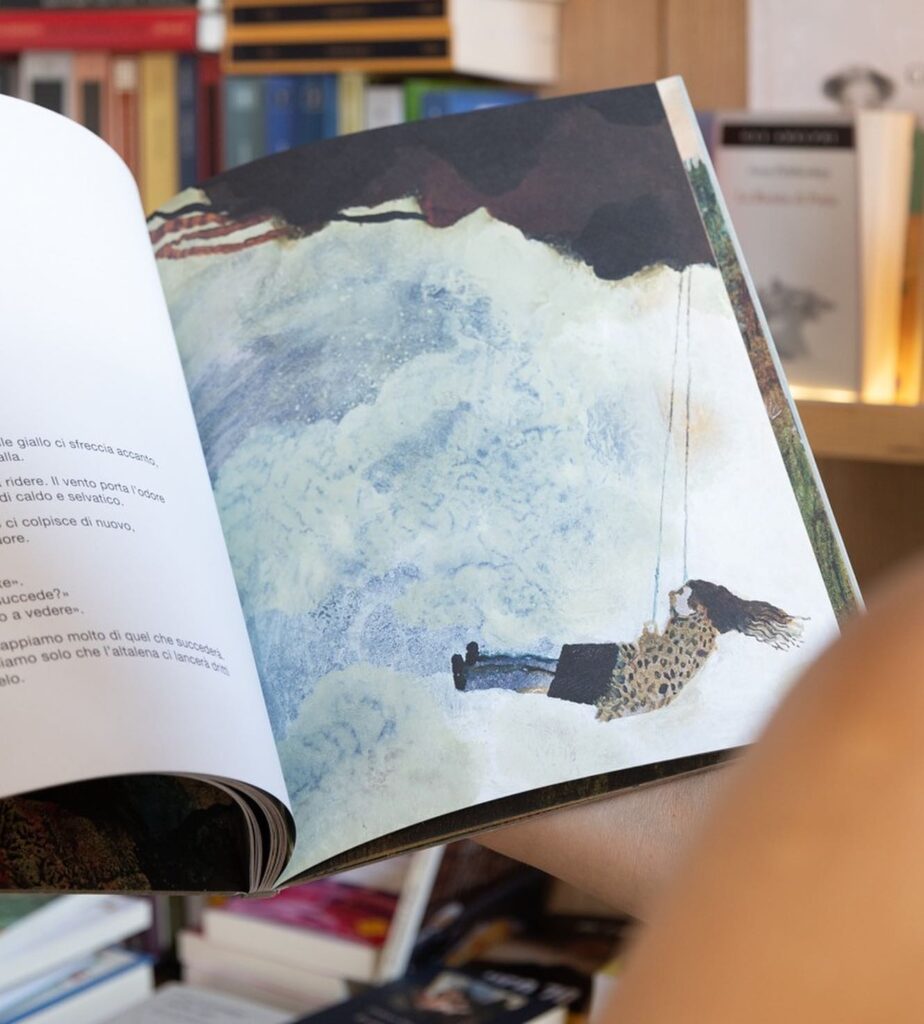
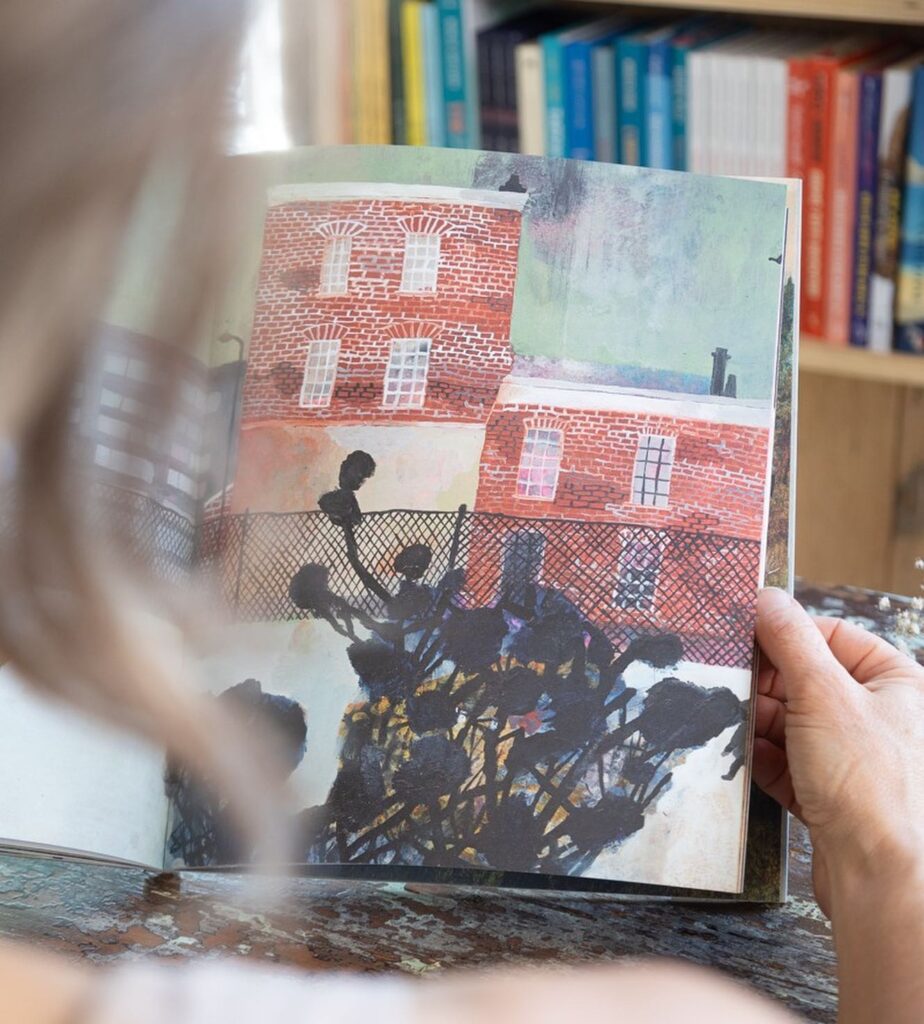
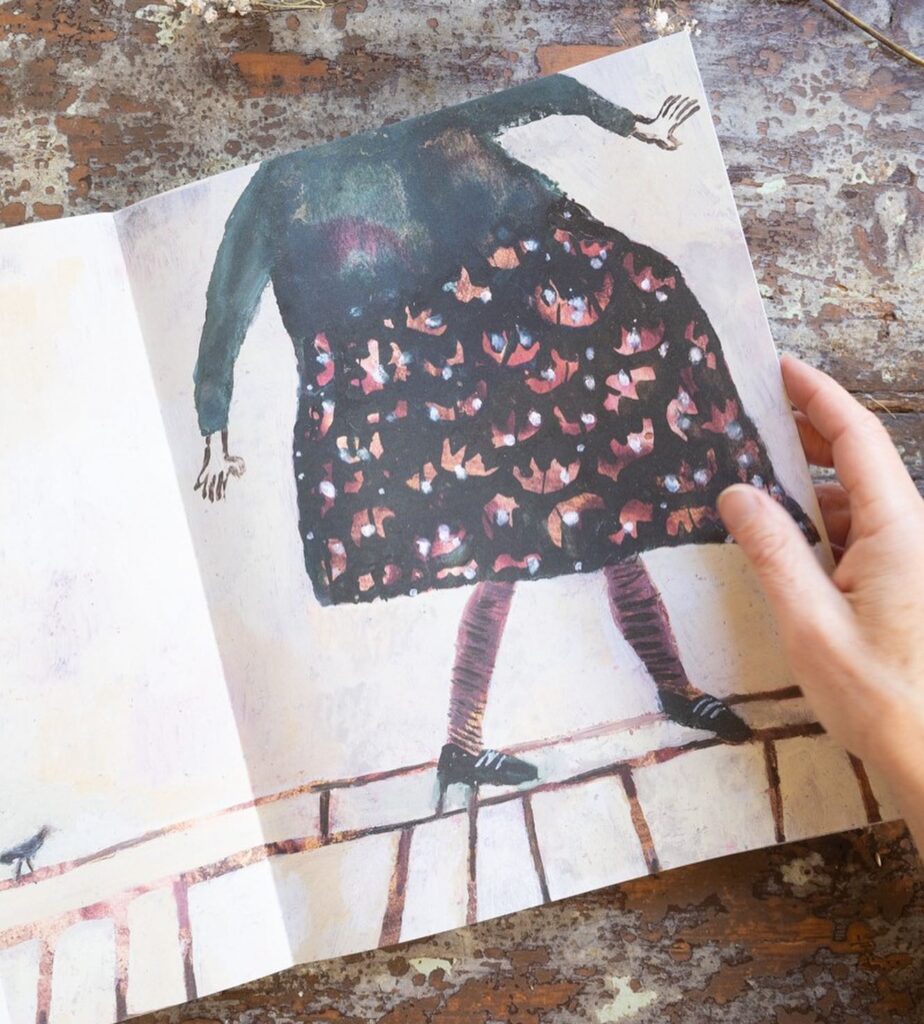
Originally published in Sweden, this first English–language edition offers an immersive experience of transformation, longing, and transcendence to readers of all ages, while reminding adult readers in particular of the everyday miracle contained in encountering another consciousness.
from the website of the publisher Enchanted Lion
And here is the second book we want to present to you: “The wonderful Fluffy Little Squishy” – “Il meraviglioso Cicciapelliccia”.
This book is written and illustrated by Beatrice Alemagna and reviewed for its importance in the book “FIGURE” by one of the most important Italian graphic designers, Riccardo Falcinelli.
Here is how it begins:
My name is Edith, but my
friends call me Eddie. I’m
five-and-a-half years old.My dad speaks five languages,
my mum sings like a bird,
my sister is an ice-skating queen,
but me – I don’t know how to do anything.Nothing at all. That’s what I think, anyway.
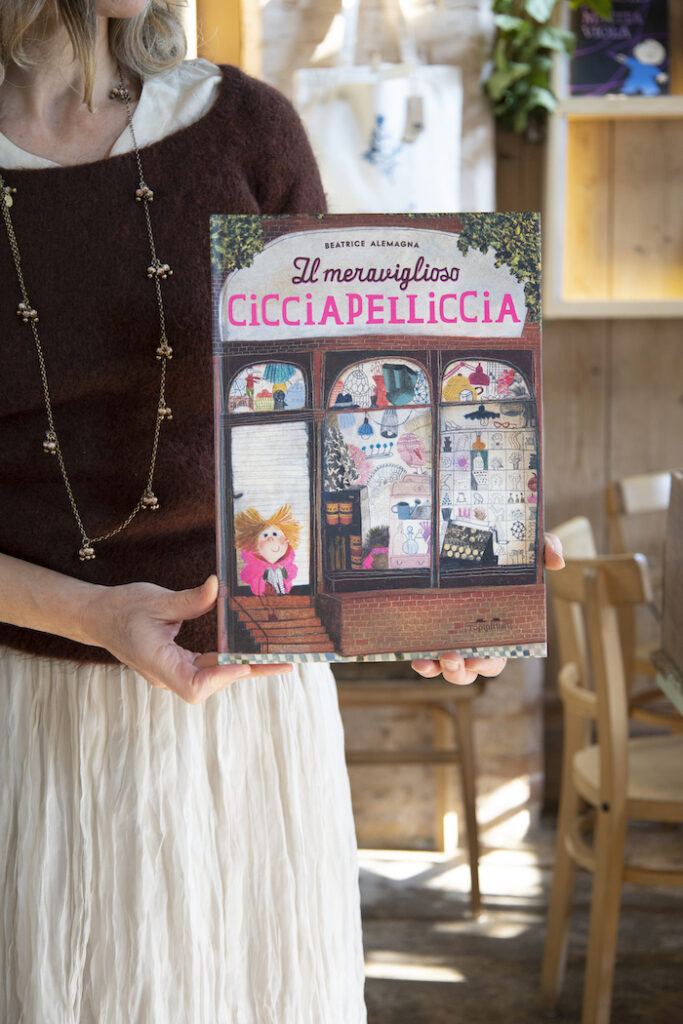
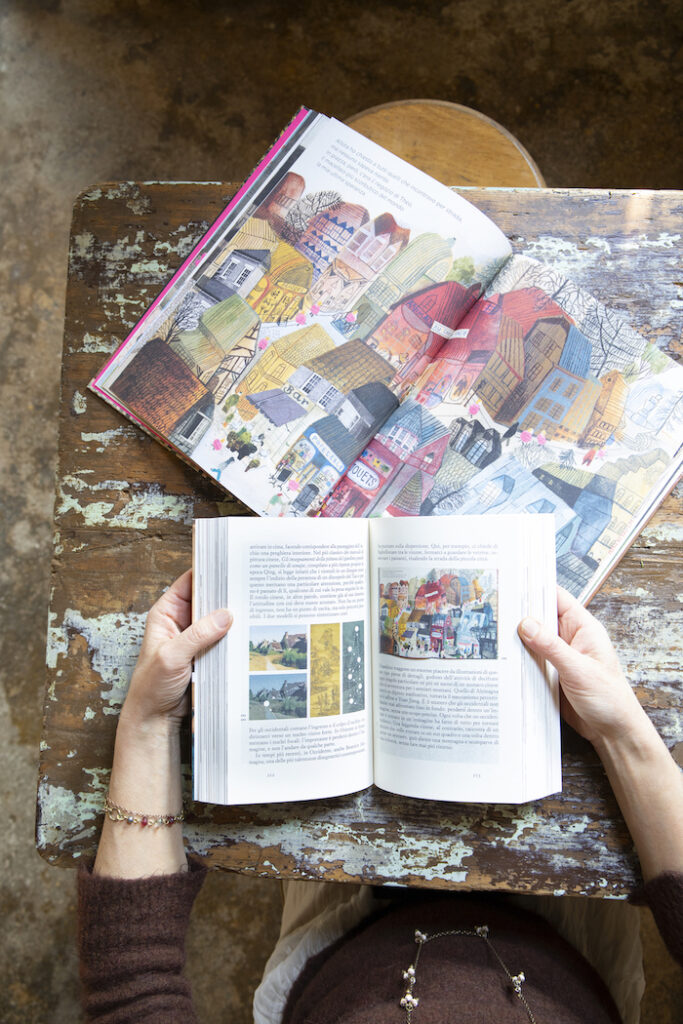
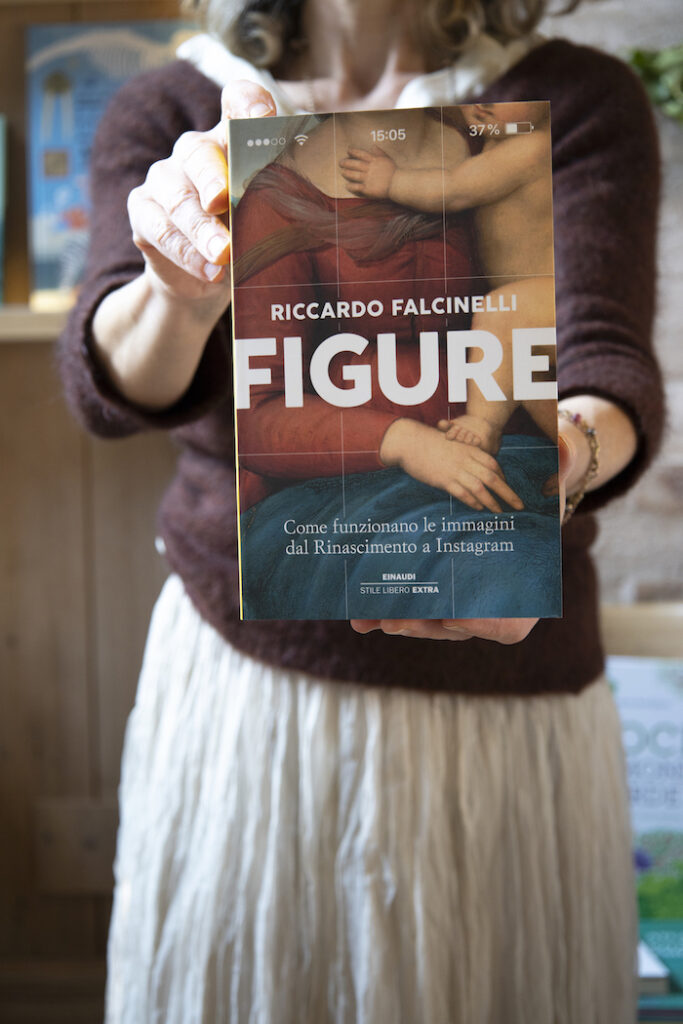
Let’s read what Beatrice writes about how this book was born.
Since I was little, I’ve been deeply fascinated by an episode of Pippi Longstocking in which she decided to look for ‘Spunk’, a word she invented and something that doesn’t exist at that time. It’s always stayed with me – the idea that in the end, you always find those things that don’t exist. And I convinced myself that this would require a long search in the shops.
This book is partly a homage to Pippi and the fascination I experienced when I was little: entering a shop full of things that were waiting to be discovered.
The most difficult thing that I’d wanted to convey from the beginning was a sense of lightness.
Over the last few years, I’ve started to take lightness very seriously – not lightly, as I did before. For me, lightness has become the place where serious things come together.
Upon reflection, I understood that lightness might elude us because of its subtlety. It’s not banal, and can in fact become the peak of tension in seriousness. The light discovery of something unique (like in Eddie’s adventure) summarises the idea of childhood that I wanted to convey in this book. Childhood as a moment of glory.


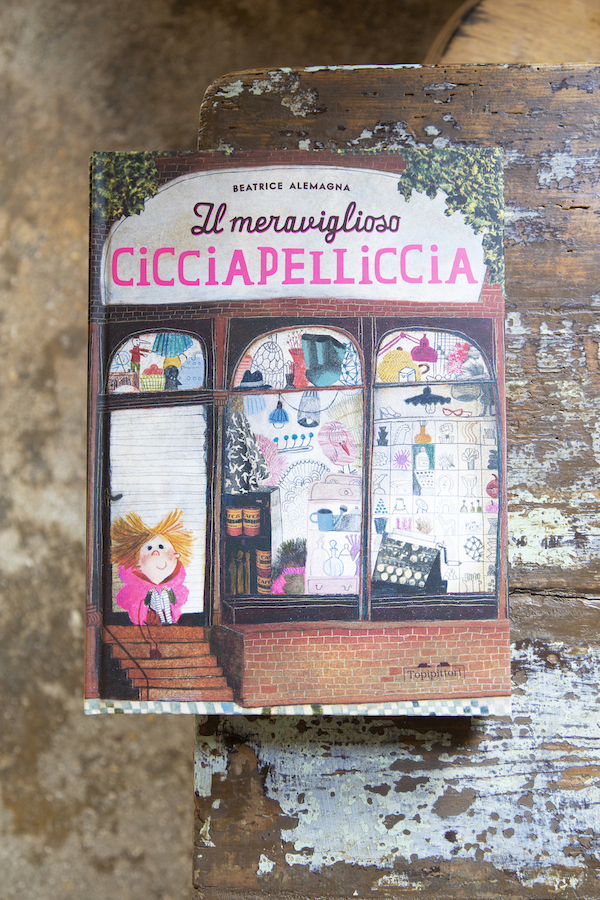
The whole book stems from the character of Fluffy. One day, out of nowhere, I drew this kind of electrified dog and I instantly felt the need to tell its story.
Often the characters themselves call out to us, and for me it’s nearly always like this. At first this book was destined for Japanese readers. I started my very first drawing six or seven years ago. But the story was very different back then. The main character and the search in the shops were already there, but the little girl didn’t have a character yet, and the adventures Eddie lives through today didn’t exist.
I spent years taking photos of the most beautiful shop windows during my trips around the world.
My writing and all this research were left in my drawer for nearly six years: the necessary time for it to mature and come to life.
I wrote and rewrote my story at least ten times, asking myself how I could actually manage to tell what I wanted to through an adventure. A simple and classic adventure, in literary terms. I’d never written a real adventure before and it turned out to be a hard task
But inside lie the core themes of nearly all of my books: travel, departure, the search for something, and accepting oneself. I think, deep down, I always want to tell the same story: a fragile being that finds great strength within himself.
In order to tell this story with a ‘light language’, I wanted some of the main factors of fragility to play a part. Children are extremely fragile.
I wanted to talk about care, about every form of attention, research, and love (through the love for her mum, the little girl discovers the love for herself and her friends, who help her and advise her, offering her care and love).
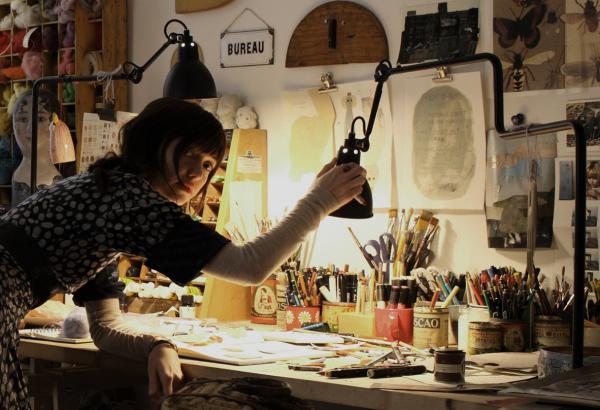
I grew up in Italy with the popular traditions of Gianni Rodari, Luigi Malerba, Collodi, De Amicis… Children have always been connected, as in my childhood, with society and its problems. And so are all the characters in my books: beings in need.
Thanks to my love of foreign cultures (for example, English nonsense, Japanese animism, German surrealism, and the magic of Russian and Scandinavian fairy tales), I always try to explore new worlds and new visual languages.
It’s absolutely impossible to identify myself with something precise, because I want to explore, change and evolve – even at the risk of letting my readers down.
My books always emerge from a million doubts, reflections and redrafts.
Nothing is clear to me while I’m making a book, but everything flows naturally in my head. The hardest thing is trying to reach it.
I would like to say that I write books in the same way as I see or think. But this isn’t true. While drawing is perfectly natural to me, creating a book with a narrative pace to be respected is a laborious and sometimes painful process. But at the end of the book, the suffering always makes way for immense happiness.
I love mixtures and hybrids. I love avoiding walls or barriers. I love not worrying about age limits, time limits, precise aesthetic rules, pre-established conventions…
All of this comes from a huge trust in myself. I always work with something from within, which is strong and expresses itself clearly and intensely.
Lastly, I love paradoxes: my books often have big formats (I don’t like feeling constrained by the page), but they often talk about small things. I love discovering minuscule things in nature, in people’s faces, in the emotions I feel. Small things, like fragile things, are what move me the most.
from the blog by dPICTUS PICTUREBOOK MAKERS

SULLALUNA independent bookshop & italian bistrot
41, Carmine Street 10014 New York NY
hello@sullalunanyc.com
follow us on instagram

